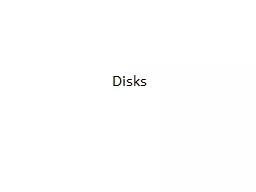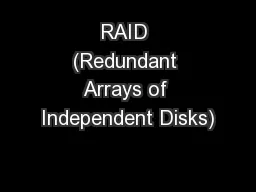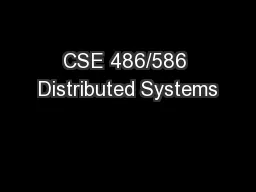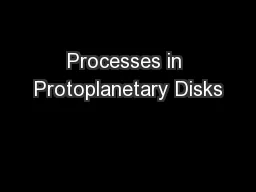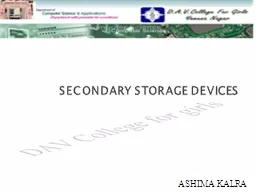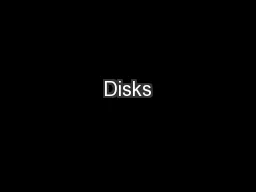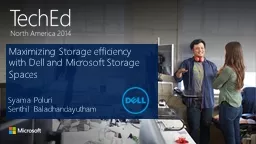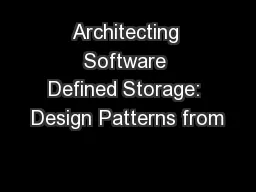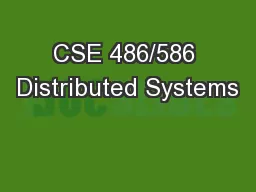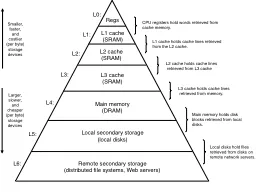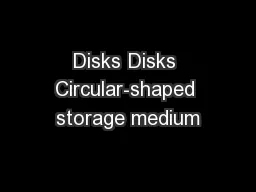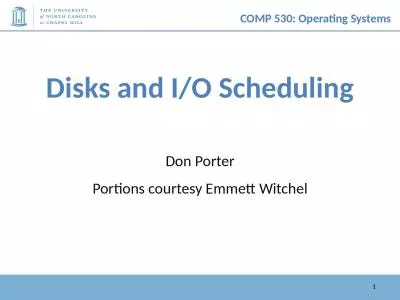PPT-Disks Secondary Storage Secondary Storage Typically
Author : pamella-moone | Published Date : 2018-11-04
Storage systems outside of primary memory Cannot access data using loadstore instructions Characteristics Large Terabytes Cheap few cents GB Persistent data survives
Presentation Embed Code
Download Presentation
Download Presentation The PPT/PDF document "Disks Secondary Storage Secondary Storag..." is the property of its rightful owner. Permission is granted to download and print the materials on this website for personal, non-commercial use only, and to display it on your personal computer provided you do not modify the materials and that you retain all copyright notices contained in the materials. By downloading content from our website, you accept the terms of this agreement.
Disks Secondary Storage Secondary Storage Typically: Transcript
Download Rules Of Document
"Disks Secondary Storage Secondary Storage Typically"The content belongs to its owner. You may download and print it for personal use, without modification, and keep all copyright notices. By downloading, you agree to these terms.
Related Documents

